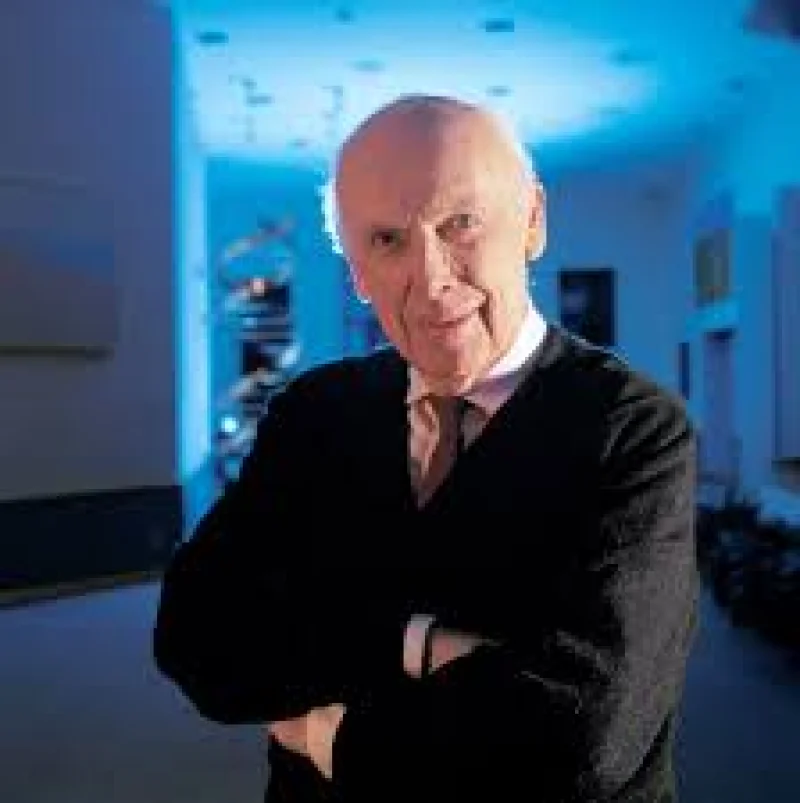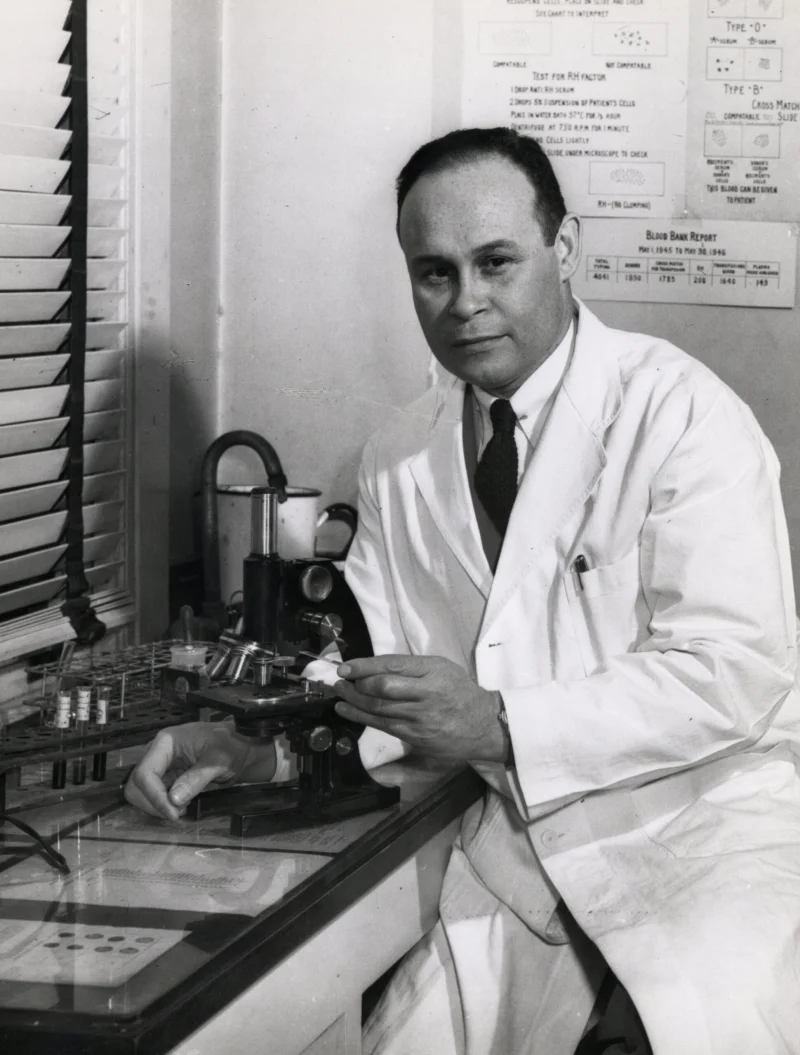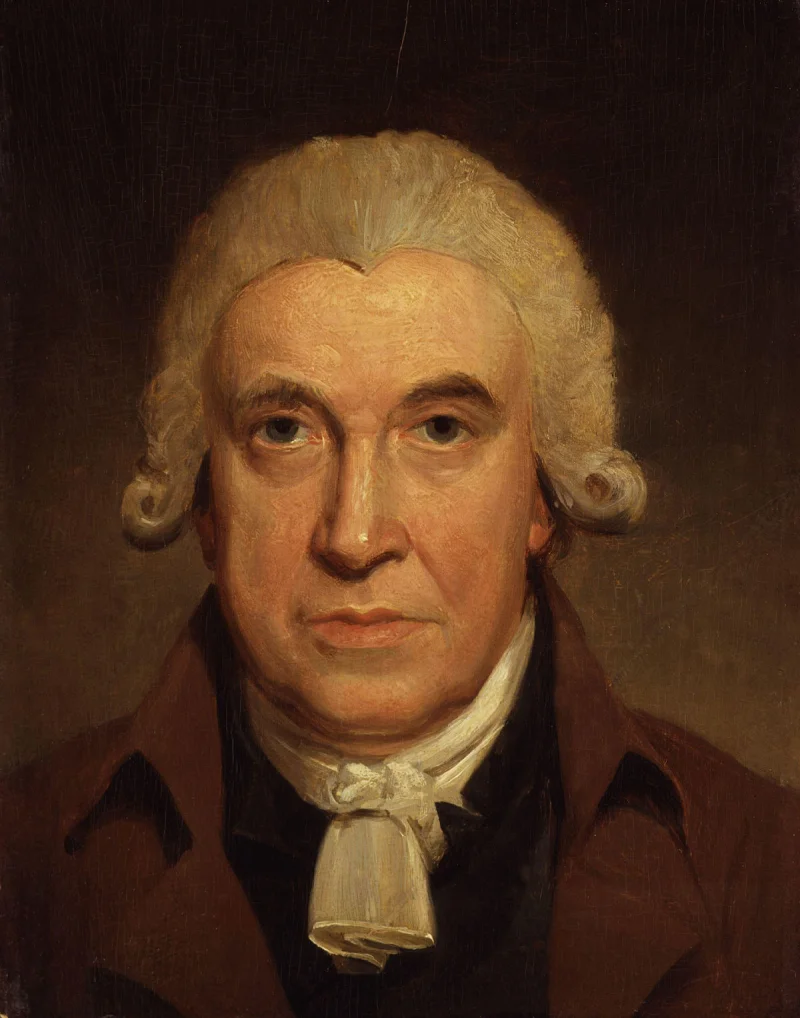Short Summary
James Watson is a renowned American molecular biologist, geneticist, and zoologist best known for co-discovering the structure of DNA, a breakthrough that transformed the field of genetics. His work, alongside Francis Crick, revealed the double helix structure of DNA in 1953, which earned them the Nobel Prize in Physiology or Medicine in 1962. Beyond this pivotal discovery, Watson has significantly contributed to modern biology and scientific thought through his research, writing, and leadership roles.
Early Life & Education
James Dewey Watson was born on April 6, 1928, in Chicago, Illinois. He was the only child of Jean Mitchell and James D. Watson, a pair of well-read and academically inclined parents. Watson displayed an early interest in birdwatching, which later evolved into a passion for genetics. He attended the University of Chicago at the age of 15, where he was influenced by the scientific environment and completed his Bachelor of Science degree in Zoology in 1947. Watson then pursued a Ph.D. at Indiana University under the supervision of geneticist Salvador Luria, focusing on bacteriophage research, which set the stage for his later work on DNA.
Career Highlights
James Watson's career is marked by his groundbreaking work at the Cavendish Laboratory at the University of Cambridge, where he collaborated with Francis Crick in the early 1950s to deduce the double helix structure of DNA. This partnership was made possible by their shared interest in understanding genetic material. After this discovery, Watson continued to contribute to the field as a professor at Harvard University, where he expanded his research into RNA and protein synthesis. Later, he served as the director of Cold Spring Harbor Laboratory, transforming it into a world-class center for molecular biology research.
Major Achievements
- Co-discovery of DNA's double helix structure, reshaping genetic research and understanding.
- Nobel Prize in Physiology or Medicine in 1962, awarded for discoveries concerning the molecular structure of nucleic acids.
- Author of "The Double Helix," a memoir that provides insight into the discovery of DNA's structure.
- Leadership at Cold Spring Harbor Laboratory, fostering advancements in cancer research and molecular biology.
- Involvement in the Human Genome Project, which sought to map the entire human genome.
Famous Quotes
- "We used to think that our fate was in the stars. Now we know, in large measure, our fate is in our genes."
- "Science seldom proceeds in the straightforward logical manner imagined by outsiders."
Interesting Facts
- Watson was influenced by Erwin Schrödinger's book "What is Life?" during his college years.
- He was only 25 years old when he discovered the structure of DNA.
- Watson's book "The Double Helix" was initially controversial for its candid portrayal of scientific rivalry.
- He was a proponent of using scientific advancements to address societal issues, including genetic disorders.
Legacy / Influence
James Watson's discovery of the DNA double helix fundamentally altered the field of genetics, paving the way for modern molecular biology. His work has influenced countless scientific advancements, including genetic engineering, personalized medicine, and biotechnology. As a leader and educator, he has inspired generations of scientists, and his contributions continue to shape the study and application of genetics.
FAQ
Q: Why is James Watson famous?
A: He is famous for co-discovering the double helix structure of DNA, a pivotal moment in genetics.
Q: What did James Watson win the Nobel Prize for?
A: He won the Nobel Prize for his work on the molecular structure of nucleic acids, specifically DNA.
Q: What book did James Watson write about his discovery?
A: He wrote "The Double Helix," a memoir detailing the discovery of DNA's structure.











